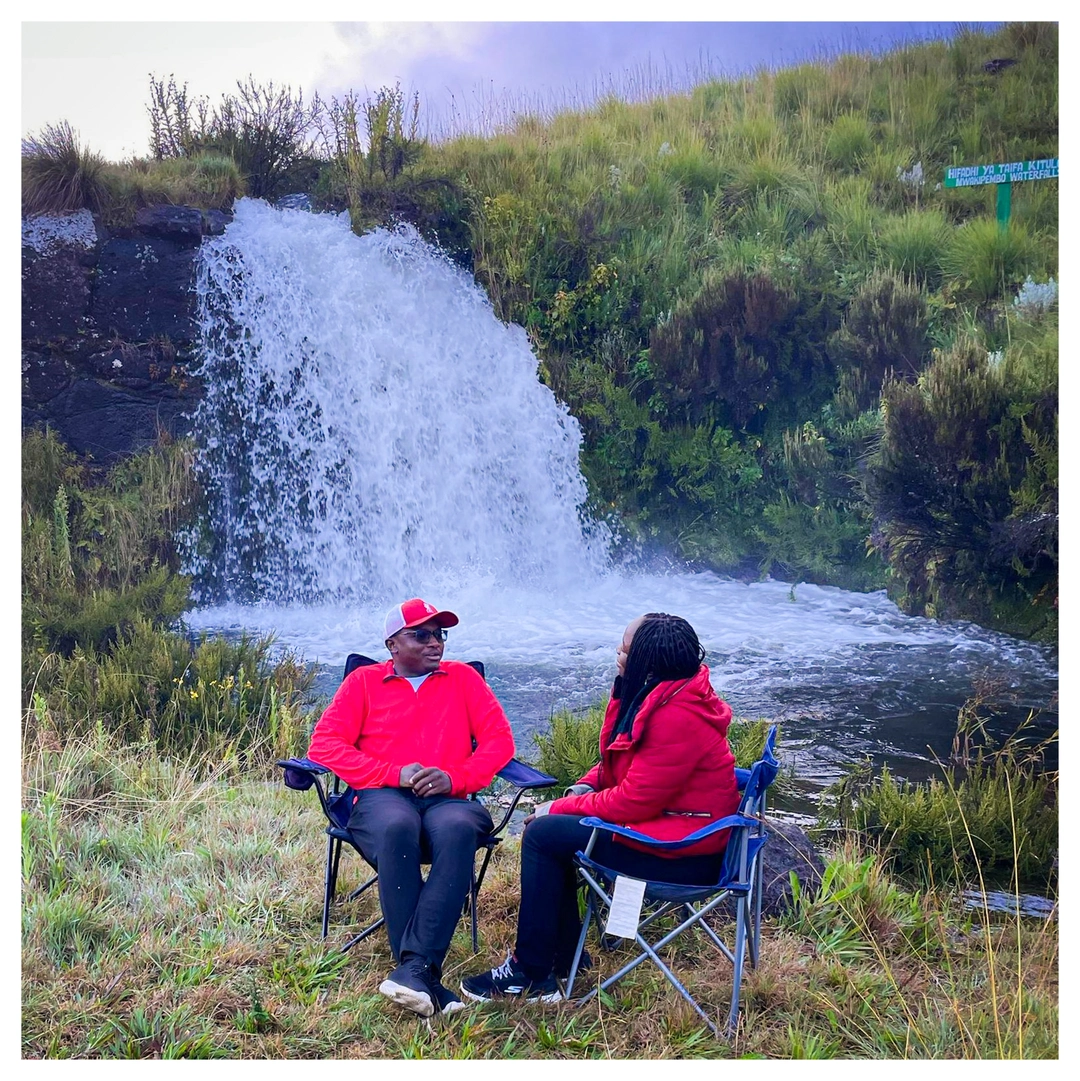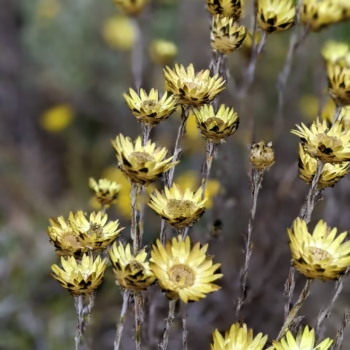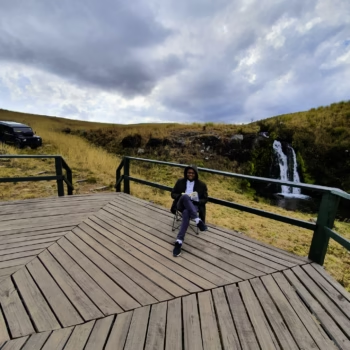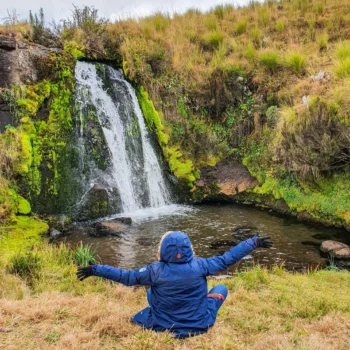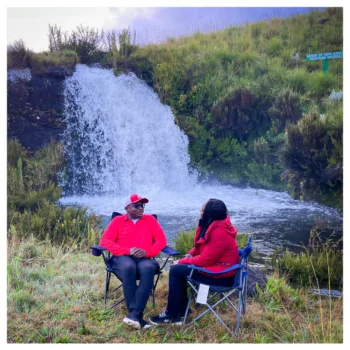Kitulo National Park
Kitulo National Park is one of Tanzania’s most amazing places to visit. You’ll see beautiful views, many birds, big waterfalls, and rare plants throughout the park. Local people call it “the Garden of God,” while plant experts call it “the Serengeti of Flowers.” It was the first park in tropical Africa created to protect plants.
The park covers 413 square kilometers and sits between three mountains: Kipengele, Livingstone, and Poroto. These mountains are in Tanzania’s Southern Highlands, in both the Mbeya and Njombe regions. The park mostly has plants, along with some animals, lakes, and waterfalls. Birds from South Africa, North Africa, and Europe rest here during their long trips. Big white storks stop here on their way to Europe.
Kitulo’s story began in 1870 when British explorer Frederick Elton first saw the area. In 1938, officials protected the Livingstone Mountain area as a Forest Reserve to save its natural resources. They also protected the Nhumbe Forest Valley in 1958 because of its importance.
In the 1960s, the Food and Agriculture Organization (FAO) started wheat farming and wool sheep raising projects in the Kitulo plateau. When these farming projects didn’t work well in the cool highland climate, they turned the area into a cattle farm (DAFCO) in 1965.
Environmental groups pushed to protect the area in 2003, wanting sustainable development to save its unique plants and animals. They succeeded when the government officially created Kitulo National Park on September 16, 2005. The park includes three important areas: the Kitulo Plateau Plains, Livingstone Forest, and Nhumbe Forest Valley.
The weather stays cool all year, usually between 14-18°C. In cold times, it can get below 7°C. Though the park is big, you can see the main highlights in one day. To explore everything, you should plan ahead. The trip to Nhumbe Waterfalls is the longest, taking over 2 hours total. After that, you can walk through fields of flowers, rest at Mwakipembo Falls, and watch many birds.
Interesting Facts About Kitulo National Park
- In 2005, this became the first national park in tropical Africa created primarily to protect its extraordinary plant life
- Storks rest here on their long flight from South Africa to Europe.
- To see Nhumbe Waterfalls, you must do about 700 steps.
How to Get There
You can reach Kitulo from Mbeya two ways. The short way is through Isyonje. It’s 67km from Mbeya town and 85km from Songwe Airport. The other way, through Chimala, is about 105km. You can also come from Njombe through Makete, which is 165km.
From Dar es Salaam, you have three choices:
- Drive all the way
- Fly to Songwe Airport near Mbeya
- Take the TAZARA train to Iyunga or Makambako stations
After Chimala or Isyonje, the road gets rough. You should use a 4×4 car on this part. In the dry season, even a normal car might make it.

